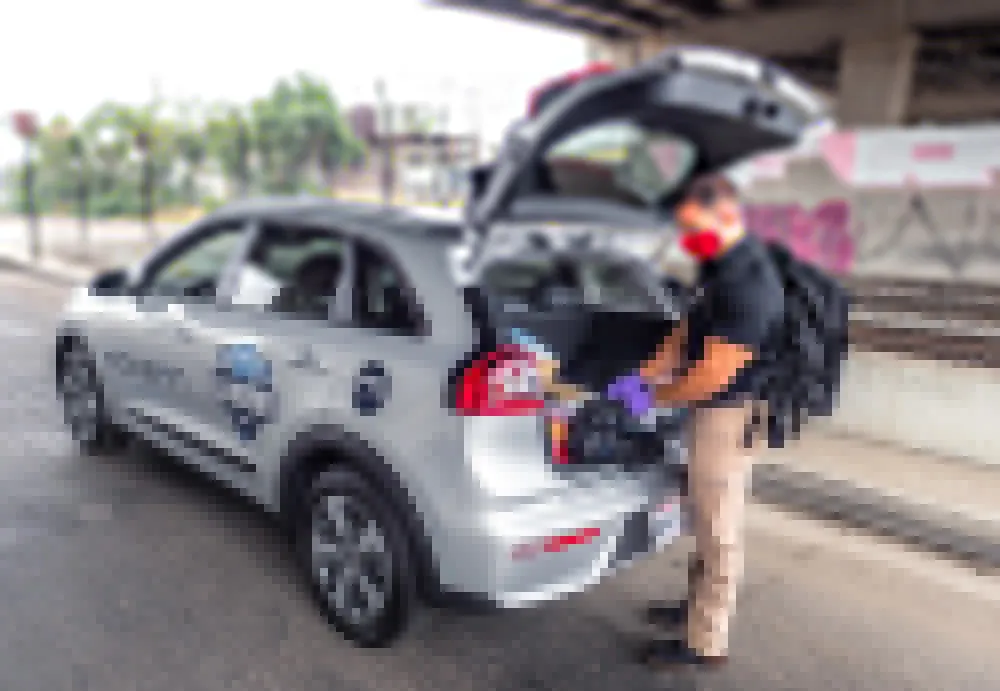Zurich Germany is to partner with TomTom fleet management to provide the telematics capability behind the company’s newly launched product Zurich Fleet Intelligence (ZFI). Launched in Germany, the integrated service is aimed at corporate fleets and combines vehicle telematics, reporting, driver development tools and risk engineering support. TomTom technology will be integral to the proposition, helping businesses to actively improve driver safety, reduce operational costs and minimise environmental impact
October 9, 2012
Read time: 2 mins
Zurich Germany is to partner with 1692 TomTom fleet management to provide the telematics capability behind the company’s newly launched product Zurich Fleet Intelligence (ZFI).
Launched in Germany, the integrated service is aimed at corporate fleets and combines vehicle telematics, reporting, driver development tools and risk engineering support.
TomTom technology will be integral to the proposition, helping businesses to actively improve driver safety, reduce operational costs and minimise environmental impact.
ZFI customers will have on-line access to the Zurich proprietary risk management web portal where both drivers and fleet managers can track and analyze performance based on detailed fleet management data.
Christoph Willi, CEO Zurich Global Corporate Germany commented: “At Zurich we are convinced new technologies like telematics will revolutionise the future of motor insurance and risk management in particular. TomTom was therefore the obvious partner of choice for us because of the company’s proven track record for leadership in Europe and its international reach. We are especially impressed by the Active Driver Feedback component which empowers the driver to adopt a more responsible driving style.”
“This is further recognition for the contribution that TomTom fleet management makes to driver safety and risk reduction, helping businesses to run greener, safer and more efficient fleets,” added Thomas Schmidt, Managing Director, TomTom Business Solutions. “Today’s announcement illustrates how successful our strategy to leverage tried and tested TomTom technology in new markets is proving.”
Launched in Germany, the integrated service is aimed at corporate fleets and combines vehicle telematics, reporting, driver development tools and risk engineering support.
TomTom technology will be integral to the proposition, helping businesses to actively improve driver safety, reduce operational costs and minimise environmental impact.
ZFI customers will have on-line access to the Zurich proprietary risk management web portal where both drivers and fleet managers can track and analyze performance based on detailed fleet management data.
Christoph Willi, CEO Zurich Global Corporate Germany commented: “At Zurich we are convinced new technologies like telematics will revolutionise the future of motor insurance and risk management in particular. TomTom was therefore the obvious partner of choice for us because of the company’s proven track record for leadership in Europe and its international reach. We are especially impressed by the Active Driver Feedback component which empowers the driver to adopt a more responsible driving style.”
“This is further recognition for the contribution that TomTom fleet management makes to driver safety and risk reduction, helping businesses to run greener, safer and more efficient fleets,” added Thomas Schmidt, Managing Director, TomTom Business Solutions. “Today’s announcement illustrates how successful our strategy to leverage tried and tested TomTom technology in new markets is proving.”








